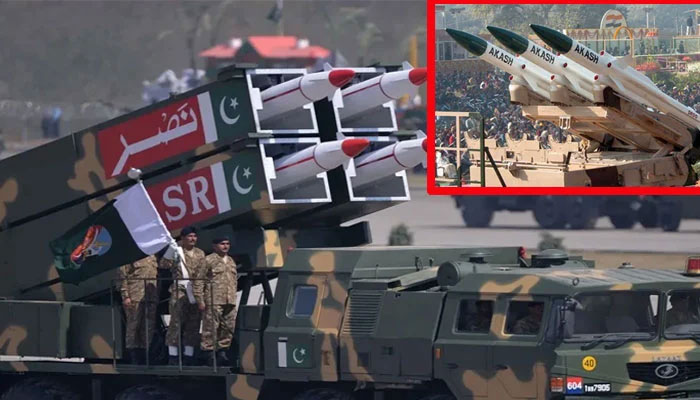Pakistan-India Military Standoff: Nuclear Powers on Edge Amid Rising Tensions
India Outnumbers Pakistan in Troops and Air Power
ISALAMABAD – Tensions between Pakistan and India are once again on the rise, with both nations appearing to pursue a policy of inflicting “a thousand cuts” on one another. Experts warn that the drums of war are beating louder than ever, despite the catastrophic consequences a conflict between the two nuclear-armed neighbors would bring.
Since 1947, Pakistan and India have fought four major wars and have repeatedly clashed over the Kashmir dispute. With military rhetoric intensifying, a comparison of their current military capabilities becomes increasingly relevant.
According to the latest Global Firepower Index 2025, Pakistan ranks as the 12th most powerful military globally, while India stands as the 4th, behind only the United States, Russia, and China. The Stockholm International Peace Research Institute (SIPRI) further reveals that India is the fifth-largest military spender worldwide with an annual defense budget of $86 billion, compared to Pakistan’s $10 billion—nearly nine times smaller.
Pakistan’s military includes 654,000 active personnel, 500,000 paramilitary, and 550,000 reserves. India, in contrast, boasts 1.45 million active troops, 2.5 million paramilitary, and 1.15 million reserves. In terms of air power, Pakistan possesses 1,399 aircraft, including 328 fighter jets and 373 helicopters, while India has 2,229 aircraft, 513 fighter jets, and 899 helicopters.
On land, Pakistan has 2,627 tanks, 17,516 armored vehicles, and 600 mobile rocket launchers. India surpasses these figures significantly with 4,201 tanks and nearly 150,000 armored vehicles. At sea, Pakistan maintains a fleet of 121 naval assets, including 8 submarines and 9 frigates. India’s navy is far larger, with 293 vessels, including 2 aircraft carriers, 18 submarines, and 14 frigates.
SIPRI’s June 2024 report reveals that for the first time in 25 years, India has edged ahead of Pakistan in nuclear stockpile size, possessing 172 warheads to Pakistan’s 170. Previously, Western watchdogs like SIPRI and the International Panel on Fissile Materials (IPFM) often placed Pakistan slightly ahead.
Despite these growing imbalances, former National Security Adviser Lt. Gen. (R) Nasser Janjua believes that “the door to war has effectively closed,” warning that any conflict would lead to large-scale devastation. Still, concerns persist about potential Indian-sponsored terrorist activities in Balochistan and Khyber Pakhtunkhwa.
Military analysts, including Lt. Gen. (R) Ghulam Mustafa and Maj. Gen. (R) Ijaz Awan, caution against missile exchanges but highlight the risk of escalated conflict along the Line of Control (LoC) and in restive provinces.
Read more: Pakistan Blasts India’s Reckless Conduct After Pahalgam Incident
Pakistan continues to develop nuclear-capable delivery systems such as the Ra’ad (Hatf-8) cruise missile, which boosts the Air Force’s standoff strike capability. Aircraft like the Mirage V, F-16, and JF-17 are reportedly capable of carrying nuclear payloads, further enhancing deterrence in an already volatile region.
As strategic competition deepens, experts warn that only a sincere resolution of the Kashmir issue, in line with United Nations Security Council resolutions, can offer lasting peace in South Asia.






Comments are closed, but trackbacks and pingbacks are open.